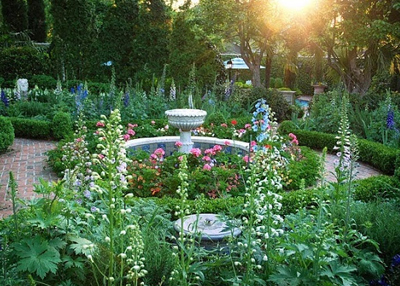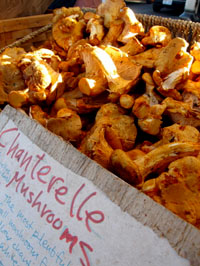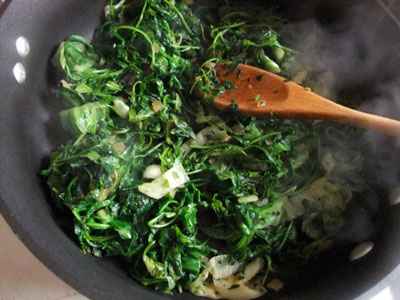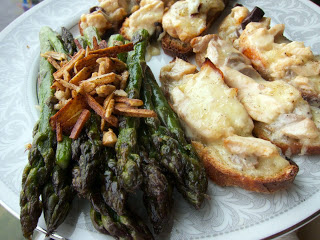 Elegant…purely elegant is the word that comes to mind when I think of foxgloves and delphiniums. Very similar in appearance and growth habit, these two garden goodies are excellent additions the spring tableau and fantastic in arrangements.
Elegant…purely elegant is the word that comes to mind when I think of foxgloves and delphiniums. Very similar in appearance and growth habit, these two garden goodies are excellent additions the spring tableau and fantastic in arrangements.
Digitalis purpurea is the Latin name for foxgloves. The genus Digitalis gathers its name from the ease of which one’s fingers, or digits, can be capped by the floral bells cascading down their stalks. In literary lore, a fox could slip its paws into the bells and use them as gloves - thus the common name. I bet Beatrix Potter had something to do with that. Pinks, creams, lavenders, lilacs, yellows, peaches, and speckled mixes of them all abound in the foxglove color range.
As for other uses besides gorgeous garden elements, the Digitalis genus is used in cardiology to create several types of heart medicine and even some neurological medicines. Quite amazing considering the whole plant, roots, leaves, seeds, and stems are toxic! The pharmaceutical positives are extracted from the leaves…somewhat akin to using snake venom for medicine or a flu vaccination. Don’t worry about the toxicity…just don’t eat them!
 Fresh chanterelles are my favorite mushroom. Sure I enjoy porcini and I certainly wouldn't pass up a truffle white or black if it crossed my plate. But there is something about chanterelles that appeals to me the most.
Fresh chanterelles are my favorite mushroom. Sure I enjoy porcini and I certainly wouldn't pass up a truffle white or black if it crossed my plate. But there is something about chanterelles that appeals to me the most.
 I'm wary of people who dig too deep for food metaphors, particularly when they involve religion, but if ever there were a case for a perfect pairing of produce and season, it would be asparagus and Easter.
I'm wary of people who dig too deep for food metaphors, particularly when they involve religion, but if ever there were a case for a perfect pairing of produce and season, it would be asparagus and Easter. Bags of organic arugula at the store always tempt me. "Buy me!" they say, "Eat salad for a week, it'll be great!" Of course after three or four days the bag is half full and the contents start to look rather wilted and sad. Then comes regret. Why did I buy that bag in the first place? Recently I found the solution to the problem of wilting greens, a problem that I'm guessing may also be yours.
Bags of organic arugula at the store always tempt me. "Buy me!" they say, "Eat salad for a week, it'll be great!" Of course after three or four days the bag is half full and the contents start to look rather wilted and sad. Then comes regret. Why did I buy that bag in the first place? Recently I found the solution to the problem of wilting greens, a problem that I'm guessing may also be yours.  Burgers, hot dogs, potato salad, cole slaw and fresh fruit salads are Memorial Day classics. I look forward to those favorites but to keep them interesting, it's good to add something new and a little unexpected.
Burgers, hot dogs, potato salad, cole slaw and fresh fruit salads are Memorial Day classics. I look forward to those favorites but to keep them interesting, it's good to add something new and a little unexpected. Elegant…purely elegant is the word that comes to mind when I think of foxgloves and delphiniums. Very similar in appearance and growth habit, these two garden goodies are excellent additions the spring tableau and fantastic in arrangements.
Elegant…purely elegant is the word that comes to mind when I think of foxgloves and delphiniums. Very similar in appearance and growth habit, these two garden goodies are excellent additions the spring tableau and fantastic in arrangements.